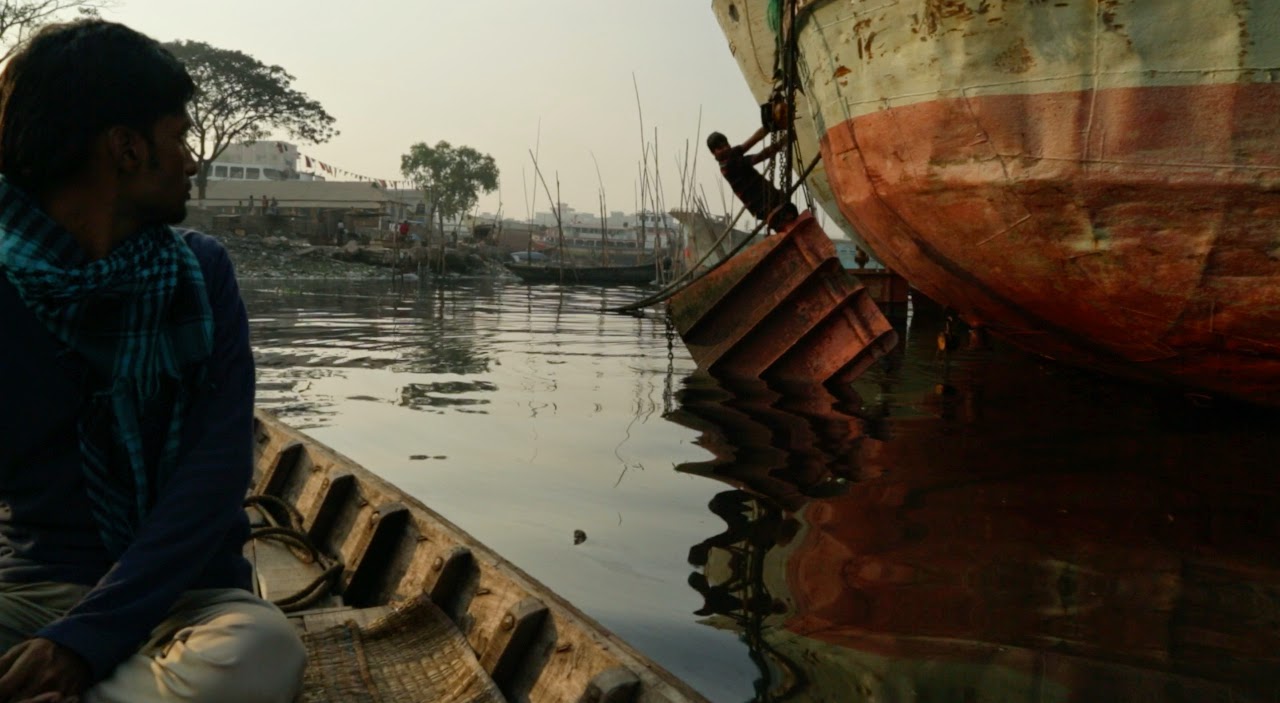 |
| Oil collected by villagers to sell |
I cannot report the situation on the ground in good conscious
without also mentioning the human impact (as there always is when a disaster
like this happens). In the northern Gulf of Mexico, the fishing industry and tourism
industry are still suffering years after the Horizon oil spill. This past
summer I continued to find tar balls on the beaches of Dauphin Island (coast of
Alabama, United States).
While I do not for one minute down play how much that hurt
the people of the Gulf coast, I can with conviction say the impacts to the
people living on the edge of the water in the Sundarbans of Bangladesh are considerably more.
First, the oil is now covering their boats and parts of
their homes. Villages in the Sundarbans are based in large part on fishing. So the
homes are right on the edge of the water. Therefore parts of the docks and the
structures that keep the homes above the high tide line have been covered. Crude
oil contains both neurotoxins and carcinogens. And now this is lying in a thick
coat around the bottoms of many of their homes.
 |
| Black oil coats the bottom of villager homes in Sundarbans after oil spill. |
 |
Fishing nets of the villagers used to stop oil
from entering other channels
|
Second, as mentioned these people depend on fish for their
livelihood. In a previous Post we mentioned how coating the mangrove roots in
oil will likely kill these trees and then have a cascading affect on the other
species (including fish) that depend on the mangroves. Not only will the number
of fish available be impacted, the toxicity of the fish will be under question
as well. To add injury to insult, these people have been asked to use their own fishing nets to block the oil from getting into side channels and moving further into
the forest (off main channels).

Pots used to collect oil |
|
Finally, and more important than any of the above, these
people have been asked to clean up the spill. Yes, you heard me right. ON THEIR
OWN! With NO PROTECTION! In return they get 0.50US. Fifty cents to risk their
health and the health of their children (I have seen many young kids under the
age of ten out gathering oil to sell). I mention again the words NEUROTOXIN and
CARCINOGEN.
 |
| Young boy covered in oil |
If this post bothers you at all, then I suggest you 1)
contact major forms of news media (see post one for how to if you are in the
US) and work HARD to get them to cover this story (US still not covering for the most part). 2) Write to the leaders of
your country and ask them to pressure the government of Bangladesh to change
this clean up solution IMMEDIATELY. 3)
SHARE (don’t like..only sharing moves this story along) this post, and help us
get the word out.





















